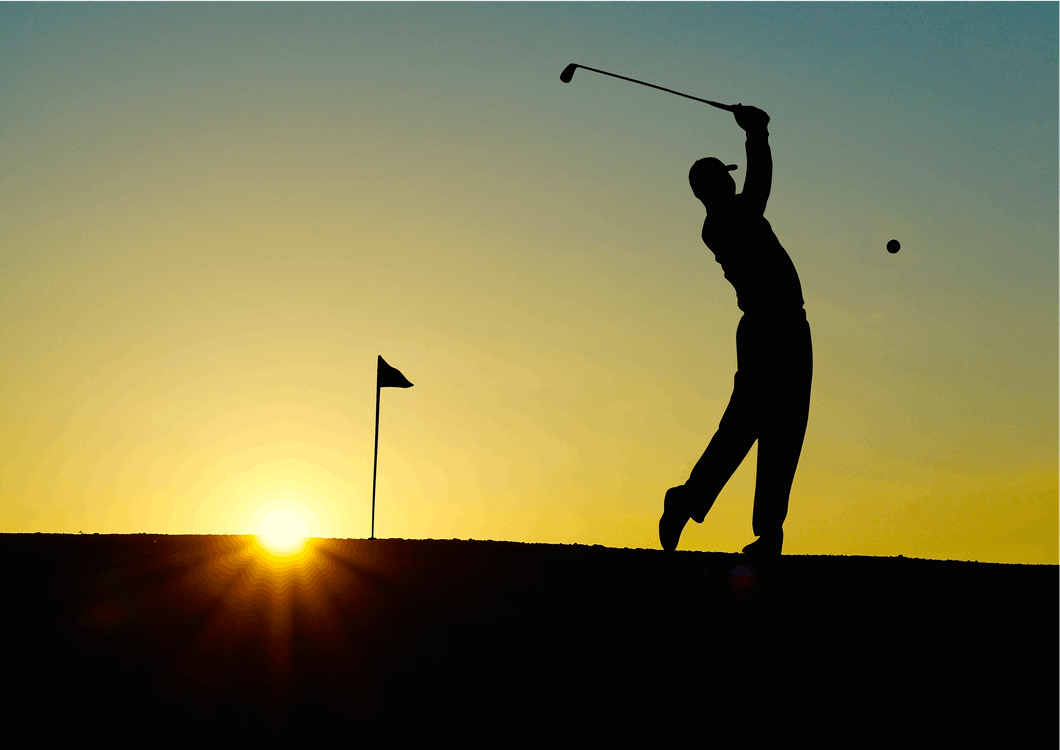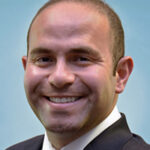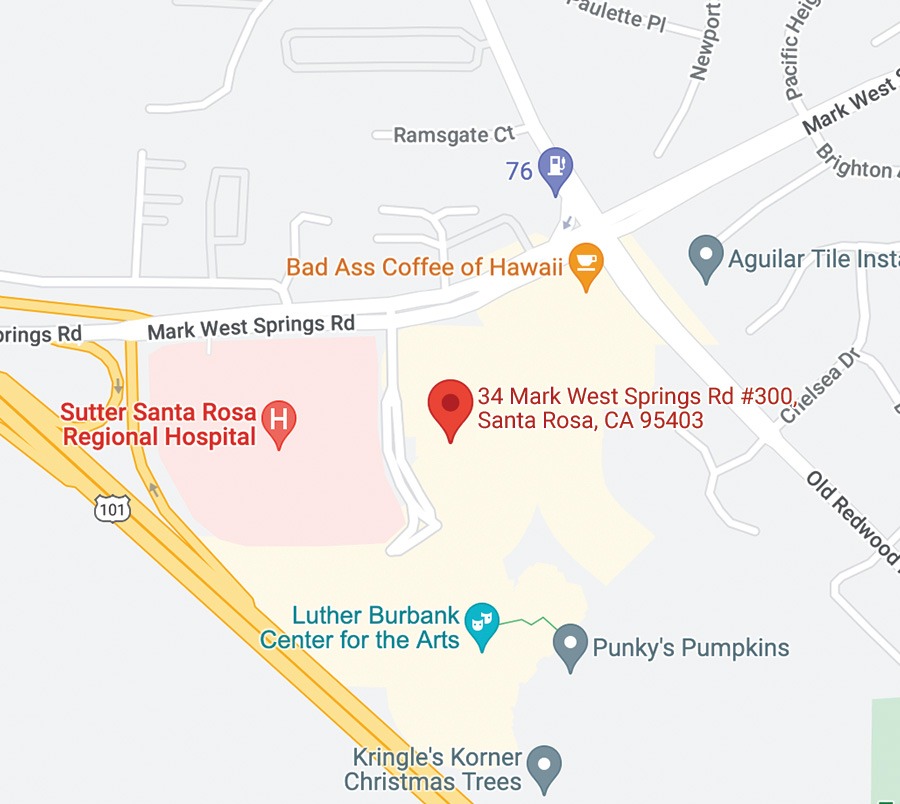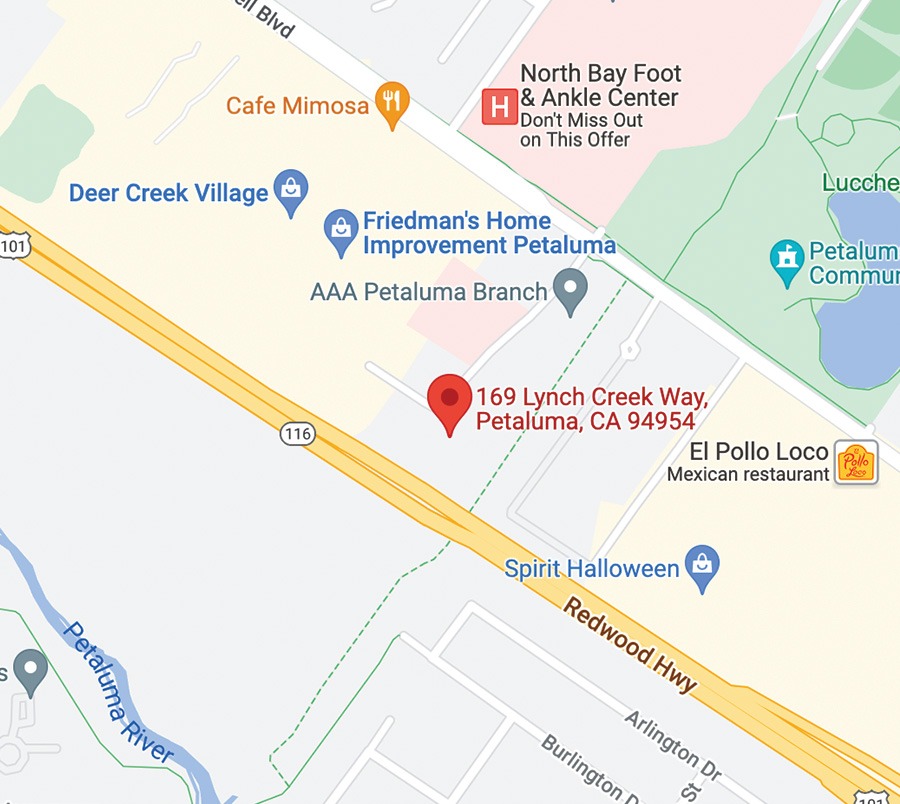
In the article “Golf: a contact sport. Repetitive traumatic discopathy may be the driver of early lumbar degeneration in modern-era golfers” published today in the Journal of Neurosurgery: Spine, Drs. Corey T. Walker, Juan S. Uribe, and Randall W. Porter from Barrow Neurological Institute describe the biomechanics of modern-era golf and its clinical consequences.
The authors point out that “among professional and amateur golfers, back disorders remain the most common injury, comprising 55% and 35% of injuries in these groups, respectively.” They also note that modern professional golfers are experiencing back problems at far younger ages than the general population. To explain this, they focus on how the golf swing of present-day professionals, such as Tiger Woods, differs from that employed by golf legends Jack Nicklaus and Ben Hogan.
As golf has evolved over the last two decades, the golf swing has become more powerful. To keep up, modern-era professional golf players participate in intensive strength-training sessions. And the techniques of the swing have also changed. During the downswing, greater compressive force is directed toward the spinal disc and facet joints, and this affects these structures asymmetrically. With more than 300 swings per golf-playing day, the golfer repeatedly experiences minor traumatic injuries to the spine, which over time can result in a pathogenic process that the authors have termed “repetitive traumatic discopathy” (RTD).
To illustrate how this can occur, the authors discuss Woods’ years of debilitating spine pain.
In this paper Walker and colleagues discuss modern-day golf swing biomechanics and how they relate to the development of RTD, earlier ages of players exhibiting RTD, and the possibility that golfer’s athletic strength training may contribute to RTD. They also address treatment of patients with this repetitive spinal injury.
When asked about the study, Dr. Walker said, “We believe Tiger Wood’s experience with spinal disease highlights a real and under-recognized issue amongst modern era golfers. Repetitive traumatic discopathy (RTD) results from years of degenerative ‘hits’ or strains on the spine resulting in early onset breakdown, instability, and pain. We hope medical practitioners, and surgeons in particular, will be able to diagnose and treat golfers with RTD in a specialized fashion going forward.”
Story Source: Read this article on Science Daily — Journal of Neurosurgery Publishing Group. “How a golf swing can lead to early lumbar degeneration.” ScienceDaily. ScienceDaily, 5 February 2019. www.sciencedaily.com/releases/2019/02/190205090519.htm.
About Dr. Athanassious and SRO
 Dr. Christian Athanassious is the Medical Director of SRO’s Total Spine Health Program. The Total Spine Health Program employs innovative diagnostic testing, minimally invasive surgical techniques, and targeted therapies at our full-service onsite physical therapy center to improve mobility and quality of life. With expert an orthopaedic physician and physician assistant working alongside a veteran physical therapy staff within the same practice, SRO has set a high standard for comprehensive orthopaedic spine care in Sonoma County.
Dr. Christian Athanassious is the Medical Director of SRO’s Total Spine Health Program. The Total Spine Health Program employs innovative diagnostic testing, minimally invasive surgical techniques, and targeted therapies at our full-service onsite physical therapy center to improve mobility and quality of life. With expert an orthopaedic physician and physician assistant working alongside a veteran physical therapy staff within the same practice, SRO has set a high standard for comprehensive orthopaedic spine care in Sonoma County.
The Total Spine Health Program at Santa Rosa Orthopaedics strives to do everything possible to get patients back to doing the things they love most. When surgery is necessary, Dr. Athanassious carries fellowship training in the most advanced spinal surgery and injection procedures from the prestigious Stanford University. For more information about SRO surgeons and services, visit srortho.com.



